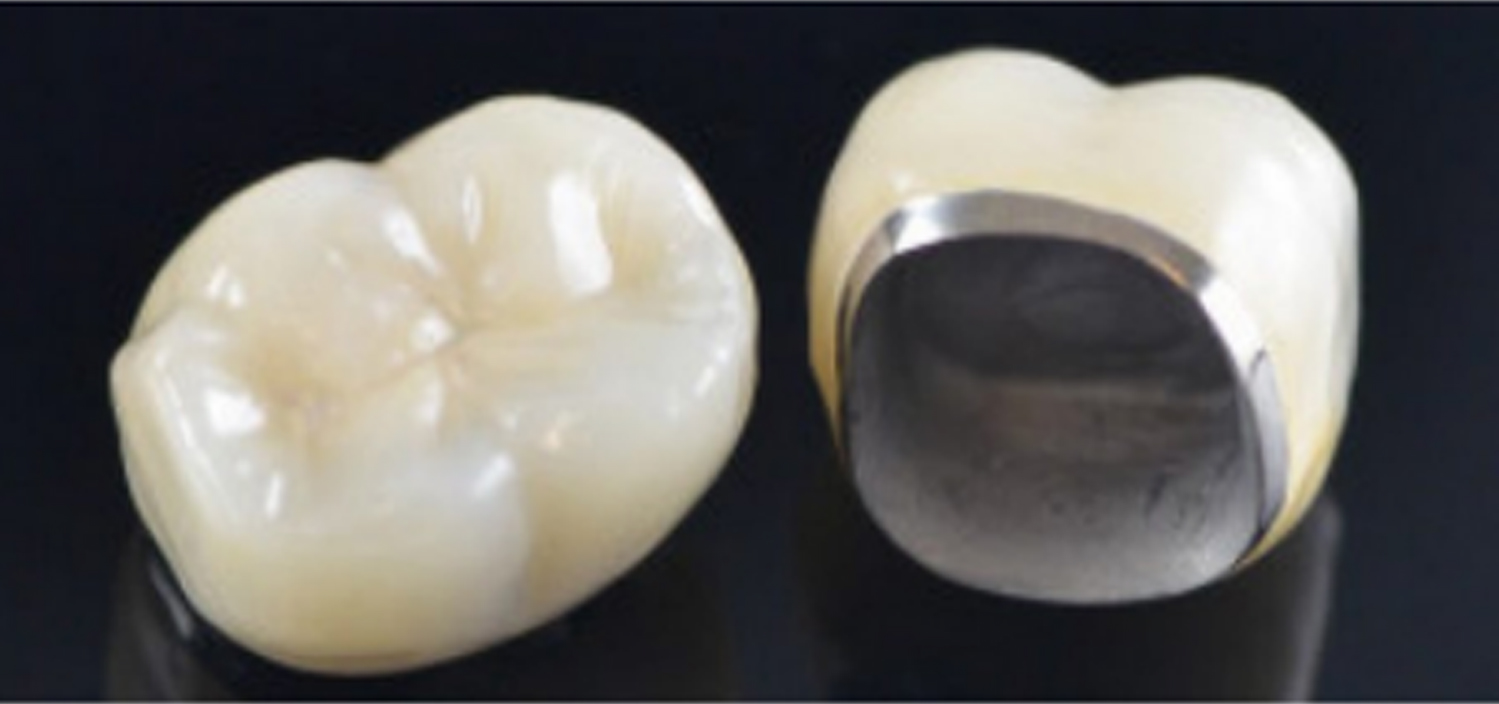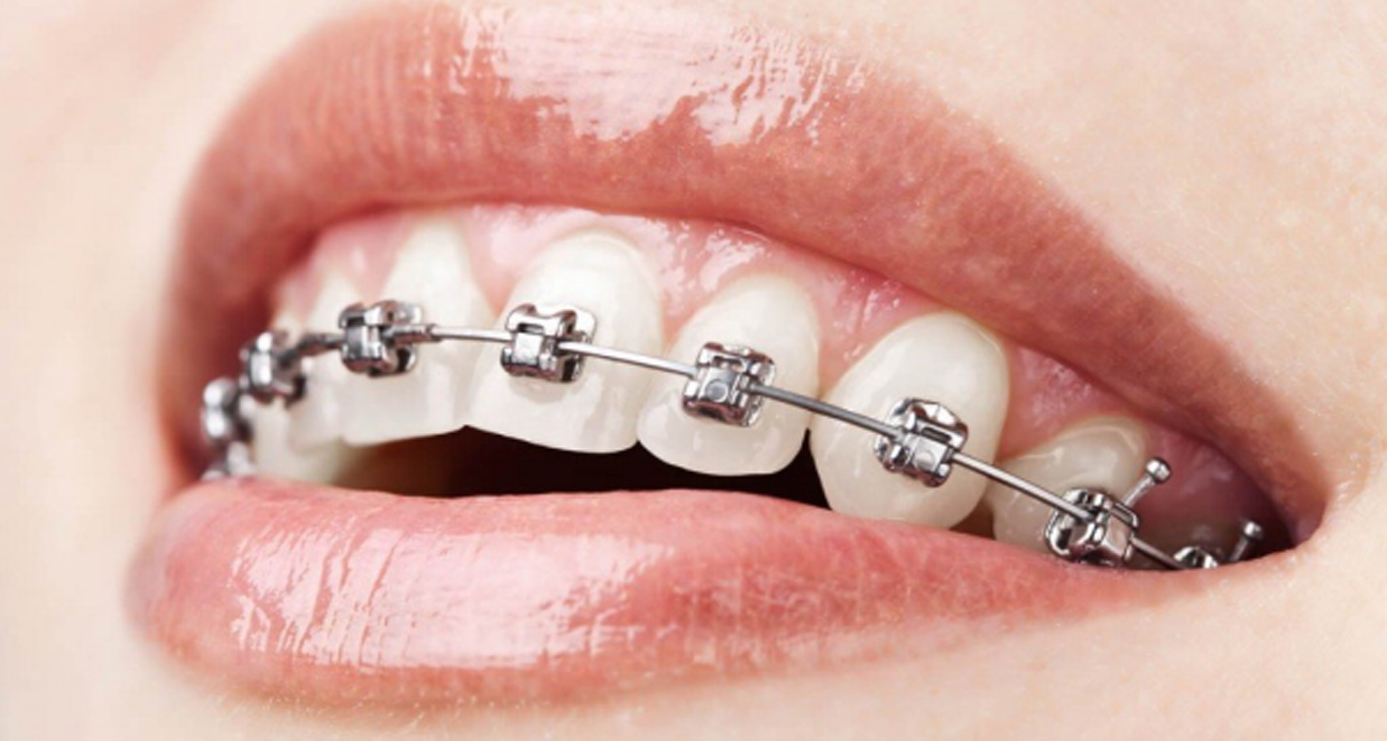Medicare Dental Clinic offers a combination of state of the art treatment with latest equipments, good Ambience and hygiene with strict Sterilization protocols. The Dental Clinic is known for all kind of Dental treatment procedures for a decade now.
Here at Medicare Dental Clinic we are keen about hygiene practice, Personal protection equipment, state of the art sterilisation of instruments. We are one of the very few clinics which practice perfect Personal protection using PAP devices to protect the operator and the patient from any viral infections. We follow strict hand hygiene practice followed by sanitisation of the operatory before entry of every patient so that both patients and the specialists are particular about the safety standards of the clinic always.
 Root canal Treatment- Endodontic treatment
Root canal Treatment- Endodontic treatment

Root canal treatment (also known as endodontic therapy, endodontic treatment, or root canal therapy) is a treatment sequence for the infected pulp of a tooth which is intended to result in the elimination of infection and the protection of the decontaminated tooth from future microbial invasion. Root canals, and their associated pulp chamber, are the physical hollows within a tooth that are naturally inhabited by nerve tissue, blood vessels and other cellular entities. Together, these items constitute the dental pulp. The dentist makes an opening through the enamel and dentin tissues of the tooth, usually using a dental drill fitted with a Dental Bur, Cleans the root canals and fills them with a biocompatible material in a sterile fashion to prevent any future infections or complications. For further Audio visuals on the treatment the following link on Root canal treatment procedure will explain the entire procedure done. Need a root canal? Don't be anxious. These informative videos will walk you step-by-step through the procedure and explain how endodontists, the root canal specialists, can save your teeth.

Porcelain-fused-to-metal (PFM) crowns have been considered the gold standard for the repair of damaged teeth. PFM crowns have good mechanical properties, satisfactory esthetic results, and an acceptable biological quality needed for periodontal health. Porcelain-fused-to-metal crowns, have a slightly longer lifespan to porcelain crowns, averaging 10 to 15 years. The addition of metals reinforces the porcelain crown, ideal for patients who clench or grind their teeth or suffer from bruxism. PFM crowns and bridges offer the best of both worlds. They are highly aesthetic like all ceramic crowns, but are far more affordable. Because of this, they are highly popular
 Crowns and Bridges
Crowns and Bridges
A crown most commonly refers to a dental cap, a type of dental restoration that completely caps or encircles a tooth or dental implant. A crown may be needed when a large cavity threatens the health of a tooth. A crown is typically bonded to the tooth by dental cement. They can be made from various materials, which are usually fabricated using indirect methods. Crowns are used to improve the strength or appearance of teeth and to halt deterioration, While beneficial to dental health, The most common method of crowning a tooth involves taking a dental impression of a tooth prepared by a dentist, then fabricating the crown outside of the mouth. The crown can then be inserted at a subsequent dental appointment

 Invisalign invisible braces
Invisalign invisible braces
Aligners are orthodontic devices that are a transparent, plastic form of dental braces used to adjust teeth. Clear-aligner treatment involves an orthodontist or dentist, taking a mold of the patient's teeth, which is used to create a digital tooth scan. The computerized model suggests stages between the current and desired teeth positions, and aligners are created for each stage. Each aligner is worn for 22 hours a day for one or two weeks. These slowly move the teeth into the position agreed between the orthodontist or dentist and the patient. The average treatment time is one year to 18 months. It is an alternative to traditional metal and ceramic braces.

A filling is used to treat a small hole, or cavity, in a tooth. To repair a cavity, a dentist removes the decayed tooth tissue and then fills the space with a filling material. On average, you can expect a metal filling to last for about 15 years before needing to be replaced, but the length of time can vary based on several factors, such as if you grind or clench your teeth. Tooth-colored fillings are made from a mixture of fine glass and plastic particles. Tooth fillings should not be painful. Even if you arrive at your dentist in pain, once the anaesthetic has been administered, you will not experience pain. During the dental filling procedure your dentist will clean the cavity and remove the infected material – which is the source of the pain. Some fillings last more than 15 years and some for 5 years or so depending upon the chewing habits and adverse effects like smoking and tobacco chewing.

Dentures (also known as false teeth) are prosthetic devices constructed to replace missing teeth, and are supported by the surrounding soft and hard tissues of the oral cavity. Conventional dentures are removable (removable partial denture or complete denture). There are different types of dentures like Bioprosthetic functional dentures, cast partial dentures and conventional partial dentures.

Impacted wisdom teeth is a condition where the third molars (wisdom teeth) are prevented from erupting into the mouth. This can be caused by a physical barrier, such as other teeth, or when the tooth is angled away from a vertical position. Wisdom teeth likely become impacted because of a mismatch between the size of the teeth and the size of the jaw. Impacted wisdom teeth are classified by their direction of impaction, their depth compared to the biting surface of adjacent teeth and the amount of the tooth's crown that extends through gum tissue or bone. Impacted wisdom teeth can also be classified by the presence or absence of symptoms and disease. Screening for the presence of wisdom teeth often begins in late adolescence when a partially developed tooth may become impacted. Screening commonly includes a clinical examination as well as x-rays such as panoramic radiographs. Such wisdom teeth are removed by surgical procedure that involves anesthesia of one side of the jaw and surgically opening the gum and removing the tooth.

A veneer is a layer of material placed over a tooth. Veneers can improve the aesthetics of a smile and protect the tooth's surface from damage. There are two main types of material used to fabricate a veneer: composite and dental porcelain. A composite veneer may be directly placed (built-up in the mouth), or indirectly fabricated by a dental technician in a dental lab, and later bonded to the tooth, typically using a resin cement. They are typically used for treatment of adolescent patients who will require a more permanent design once they are fully grown. The lifespan of a composite veneer is approximately 4 years. In contrast, a porcelain veneer may only be indirectly fabricated. A full veneer crown is described as "a restoration that covers all the coronal tooth surfaces.

Periodontal surgery or gum surgery is a form of dental surgery that prevents or corrects anatomical, traumatic, developmental, or plaque-induced defects in the bone, gingiva, or alveolar mucosa. The objectives of this surgery include accessibility of instruments to root surface, elimination of inflammation, creation of an oral environment for plaque control, periodontal diseases control, oral hygiene maintenance, maintain proper embrasure space, address gingiva-alveolar mucosa problems, and esthetic improvement. The surgical procedures include crown lengthening, frenectomy, and mucogingival flap surgery.

A dental implant is a metal post that replaces the root portion of a missing tooth. An artificial tooth (crown) is placed on an extension of the post (abutment) on the dental implant, giving you the look of a real tooth. With regular brushing and flossing, the implant screw itself can last a lifetime, assuming the patient receives regular dental check-ups every 6 months. The crown, however, usually only lasts about 10 to 15 years before it may need a replacement due to wear and tear.

It is one of the most important field in dentistry which is dealt with care , a child in different growth phase comes along with different mental state and acquires the learning process. Oral examination is a necessary procedure to check for any discrepancies including tooth and soft tissue. A proper speech, function and esthetic may be hampered by tongue tie, cleft lip or palate, irregular dentition or malaligned tooth. So bring them to us we will counsel and correct any deformity to help them to be part of society in a better way.
The following procedures for children are carried out in our Clinic
Metal braces are the least expensive type of orthodontic corrective devices, making them a more viable option for most patients than clear braces. They are also more effective than other types of braces and realign teeth and correct bite issues faster, especially gaps. Braces do not hurt at all when they are applied to the teeth, so there is no reason to be anxious about the placement appointment. There will be mild soreness or discomfort after the orthodontic wire is engaged into the newly placed brackets, which may last for a few days to a week.
Do braces change your face?Yes, undergoing orthodontic treatment can bring changes to a person's face. Don't worry though – the changes that braces will make are purely positive! Braces will fix alignment issues with your face and give you a more symmetrical, natural look to both your mouth and your jawline.